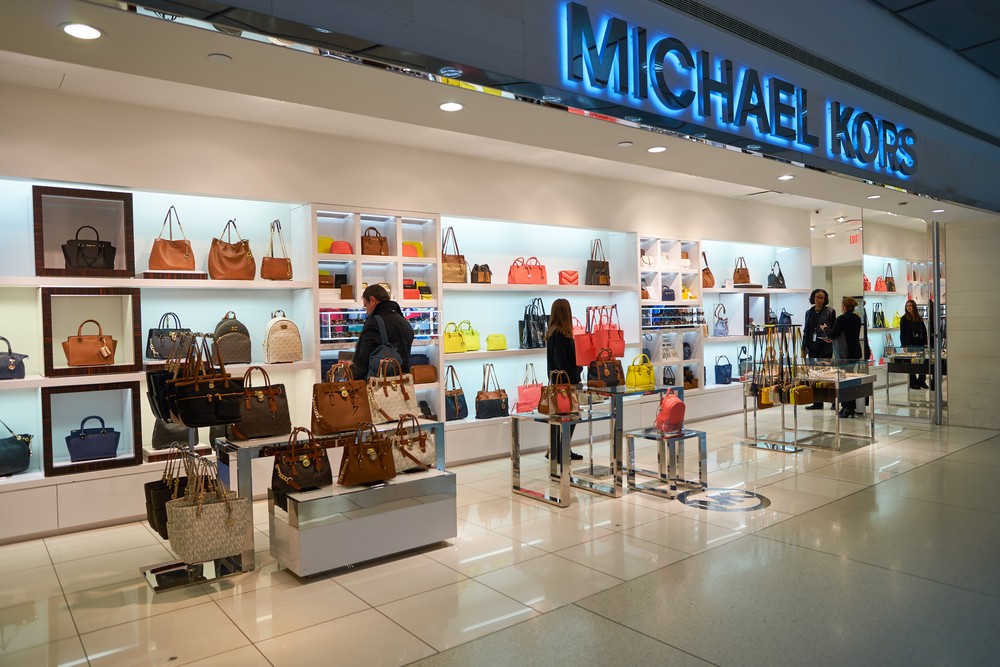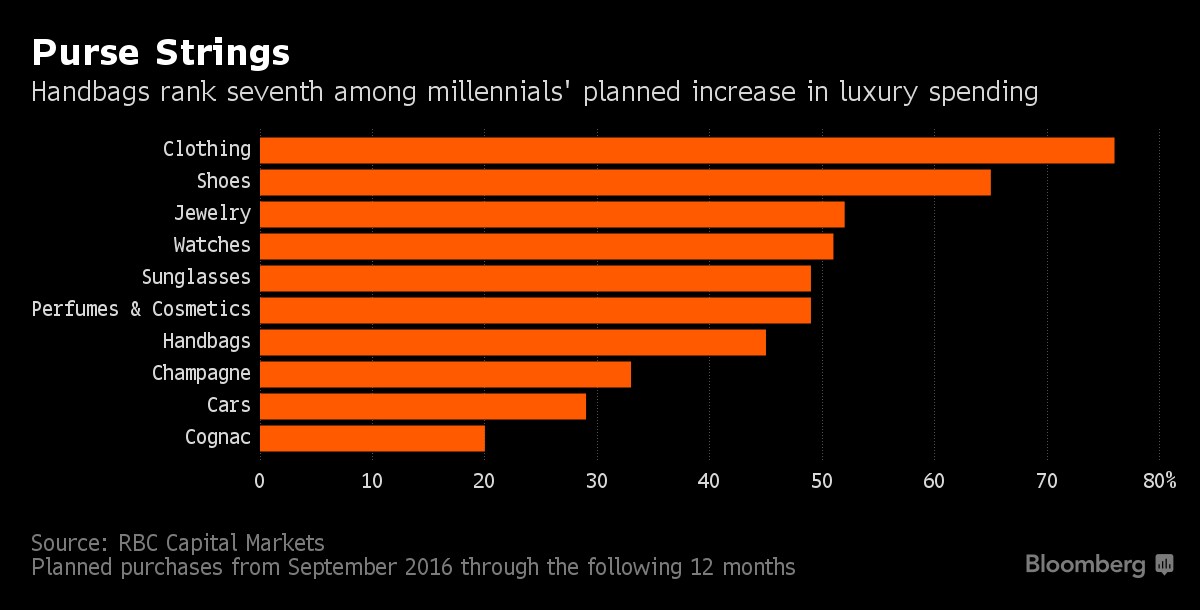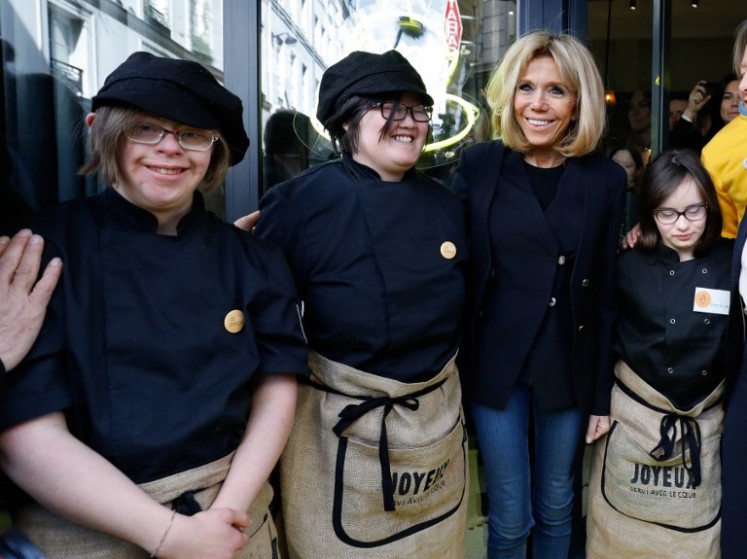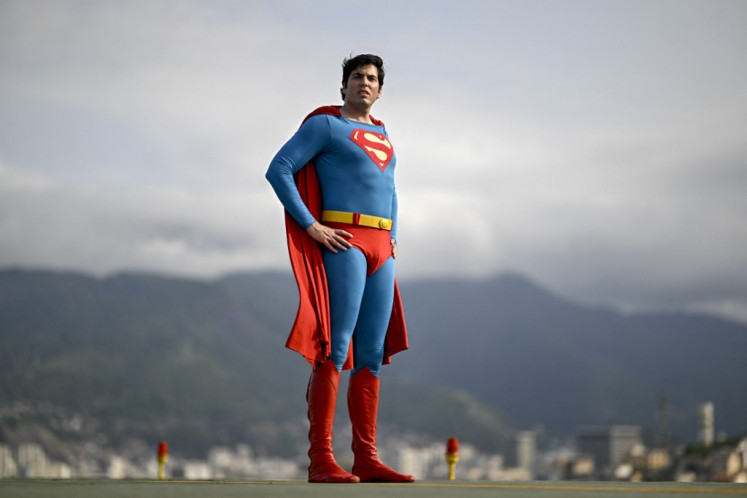Michael Kors, Prada skimp on new handbag designs
Change Size
 Fashion is an unpredictable industry, but handbag makers have relied on innovative features and flourishes -- mini bags, for instance -- to get the attention of shoppers. (Shutterstock/Sorbis)
Fashion is an unpredictable industry, but handbag makers have relied on innovative features and flourishes -- mini bags, for instance -- to get the attention of shoppers. (Shutterstock/Sorbis)
H
andbag makers are busy battling waning demand and markdowns at stores, and that may have diverted their attention from what could make them successful in the long run: creativity.
Michael Kors Holdings Ltd., Prada SpA, LVMH’s Louis Vuitton and Burberry Group Plc all reduced the number of styles introduced last quarter, according to Edited, which provides fashion industry analysis. Though manufacturers and retailers are worried about being saddled with too much merchandise, the lack of innovation will make it tough to recapture the excitement of shoppers, said Milton Pedraza, a New York-based luxury consultant.
“There’s a feeling of doom out there in the industry -- everything is defensive and not offensive,” said Pedraza, who runs the Luxury Institute. “What you’re seeing is a tremendous amount of copying, less innovation and less creativity, at a time when exactly what you need is to be bold.”
Demand for U.S. high-end products took a hit last year from a strong dollar and global economic woes. Terrorism fears also crimped tourism, a big source of luxury spending. Shares of upscale brands suffered. Michael Kors, Coach Inc. and most other rivals underperformed the Standard & Poor’s 500 Index in 2016. Ralph Lauren Corp. was down 19 percent last year.
Prada was the rare exception, rising 9 percent in Hong Kong last year to outperform the Hang Seng Index’s 0.4 percent gain. The Italian luxury-goods maker, which saw its stock price plunge more than half since the peak in 2013, has rebounded since August after Chairman Carlo Mazzi forecast a return to growth in 2017. Prada rose as much as 9.6 percent to HK$30.70 on Wednesday, reaching the highest intraday level since March.
(Read also: Indonesia home to Asia's largest online luxury goods sales: Report)
Dead Stock
At many stores, the handbag selection from several high-end labels was significantly smaller over the holidays. In the final three months of 2016, the number of new styles introduced by Michael Kors dropped 24 percent from the preceding quarter. Prada and Louis Vuitton rolled out 35 percent fewer new designs, while the number at Burberry dropped 8 percent, according to Edited, whose clients include Ralph Lauren Corp. and luxury e-commerce retailer Net-A-Porter.
Michael Kors didn’t have an immediate comment on the reduction. LVMH and Prada declined to comment. Burberry also declined to comment, though in November the company said it was simplifying its offerings and tailoring innovation for “local needs.”
Rolling out the right number of styles is no easy task. Brands need to strike a careful balance between creating a glut of inventory -- so-called “dead stock” -- while ensuring there’s enough trendy, new merchandise to entice consumers, said Katie Smith, a senior fashion analyst at Edited.
“Dropping newness too low could certainly threaten sales,” she said.
A few brands, including Kate Spade & Co. and Ralph Lauren, did introduce more new designs in the fourth quarter, Edited found. But many tried to ride out the holidays without breaking fresh ground.
Elusive Trends
Fashion is an unpredictable industry, but handbag makers have relied on innovative features and flourishes -- mini bags, for instance -- to get the attention of shoppers. With fewer designs hitting store shelves, there’s less opportunity to hit on a hot trend.
The past year also brought high-level personnel changes in the luxury industry, which may have affected new product output. Both PVH Corp.’s Calvin Klein label and Yves Saint Laurent replaced their creative directors. And Ralph Lauren Chief Executive Officer Stefan Larsson shook up management last year, including bringing Coach Chief Financial Officer Jane Nielsen on in the same role.
Handbag makers have faced other challenges as well. Younger consumers are demanding faster availability of the latest trends, and some are showing preference for shoes and jewelry over bags.

Macy’s Inc. partly blamed poor handbag sales when it released dismal holiday season results last week. The largest U.S. department-store company also said it would cut 6,200 jobs and push ahead with a plan to close 100 underperforming stores.
Macy’s has struggled to stock enough of the market’s top-selling purses. Popular top handle bags, for instance, made up just 8.7 percent of Macy’s total bag offerings, according to London-based Edited. That compares with 33 percent at Barneys New York Inc. and 20 percent at Nordstrom Inc.
“They’re missing out on the critical products that can drive full-priced sales,’’ Smith said.
(Read also: Five things to consider before investing in luxury bags)
Discount Binge
That’s forced the chain and other retailers to rely on discounting to move merchandise. And consumers have now been trained to expect markdowns, said Simeon Siegel, an analyst at Instinet LLC. Macy’s discounted almost 2,500 handbags last quarter, while both Neiman Marcus and Barney’s New York marked down at least 900 items, according to Edited.
“They need to figure out a way to operate in a new normal” of discounting, Siegel said.
Sales growth in handbags is estimated to decelerate to 3.1 percent by 2020, from 16 percent in 2012, according to market research firm Euromonitor. The slowdown has prompted companies to diversify. Michael Kors is expanding into menswear, and Kate Spade is growing in other categories like home goods.
That’s not to say that handbag makers are throwing in the towel. Coach is augmenting its in-store experience with craftsmanship services, letting customers design their own bags at its Fifth Avenue store in New York. It also named actress-singer Selena Gomez as the face of the brand, aiming to appeal to millennials. Coach also opened an adjacent Fifth Avenue store for its Stuart Weitzman shoe label, which it acquired in 2015.
The sad state of the industry is spurring companies to take action, said the Luxury Institute’s Pedraza.
“For the first time in many years, there’s a real sense of threat,” he said. Companies are focused “on survival and dismantling the old structure.”









